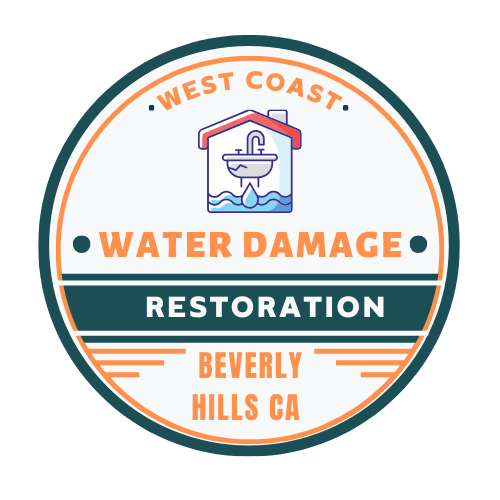Water damage can happen unexpectedly in any home or business. It is important to understand how water can cause problems and what steps are taken to fix them. When water enters a building from floods, leaks, or burst pipes, it can cause significant harm to structures and belongings. Addressing water damage quickly is key to preventing further issues.
Understanding Water Damage
Water damage can come from various sources. Each source might require a different approach for cleanup and repair.

Common Causes of Water Damage
- Burst Pipes: Pipes can break due to age, freezing temperatures, or shifting foundations.
- Leaking Appliances: Dishwashers, washing machines, and water heaters can leak over time.
- Roof Leaks: Damaged roofs allow rainwater to enter the building.
- Flooding: Heavy rains or overflowing rivers can lead to widespread water intrusion.
- Sewer Backups: Blocked sewer lines can cause dirty water to flow into properties.
Types of Contaminated Water
Water is categorized by its level of contamination, which affects how it must be handled.
- Clean Water: This water comes from a clean source, like a broken water supply line. It is not harmful if consumed.
- Gray Water: This water may contain chemicals or contaminants, such as water from a washing machine or dishwasher. It can cause illness if consumed.
- Black Water: This water is highly unsanitary and may contain raw sewage, harmful bacteria, and fungi. It is very dangerous and requires specialized handling.
The Water Damage Restoration Process
When water damage occurs, a systematic process is followed to restore the affected area. This process ensures that the property is dried thoroughly and safely. For effective Water Damage Restoration Beverly Hills, professionals follow specific steps.
Emergency Response and Assessment
The first step is to respond quickly to the water incident. A thorough inspection is performed to find the source of the water and stop it. The extent of the damage is also assessed, including what type of water is present and which materials are affected. This helps in planning the restoration work.
Water Extraction
After the assessment, standing water is removed using powerful pumps and vacuums. This step is critical because the more water that is extracted, the faster the drying process can begin. Removing as much water as possible prevents it from soaking deeper into materials.
Drying and Dehumidification
Once the standing water is gone, the focus shifts to drying out the remaining moisture. Air movers are used to create airflow, and dehumidifiers pull moisture from the air and affected materials. This helps prevent secondary damage like swelling of wood or growth of mold. Monitoring equipment is used to ensure proper drying levels are reached.
Cleaning and Sanitizing
All affected surfaces and contents are cleaned and sanitized. This is especially important if gray or black water was involved. Antimicrobial treatments may be applied to prevent the growth of mold and mildew. Deodorization may also be performed to remove any unpleasant odors.
Repairs and Reconstruction
The final stage involves repairing or rebuilding any parts of the property that were too damaged to be restored. This might include replacing drywall, flooring, or insulation. The goal is to return the property to its original condition or even better.
Why Professional Help Is Important
Dealing with water damage can be complex and risky without the right knowledge and tools. Professional restoration services offer several benefits.
- Safety: Professionals have the right safety gear and training to handle contaminated water and structural hazards.
- Preventing Mold Growth: Specialized drying equipment and techniques are used to ensure all moisture is removed, which is vital for preventing mold. Mold can start to grow within 24 to 48 hours in damp conditions.
- Proper Equipment: Industrial-grade extractors, air movers, and dehumidifiers are more effective than standard household items.
- Timely Action: Quick response from professionals minimizes the overall damage and reduces restoration costs.
- Expert Knowledge: Professionals understand how different materials react to water and the best methods for drying and restoration.
